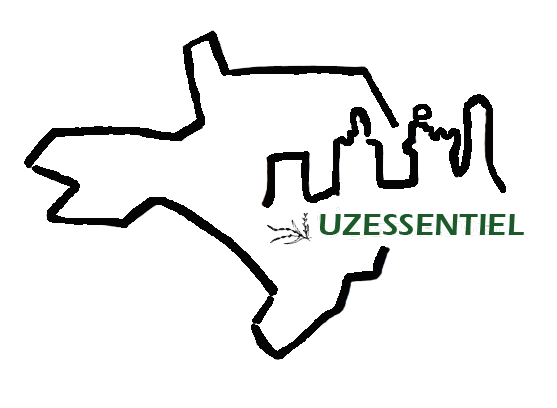Coffee is a whole world
FR - Roasted and ground, coffee releases a multitude of intoxicating aromas and heady flavors as it settles in the cup.
Arabica, Robusta, Liberica, Exelsa... there are many varieties.
 Espresso, largo coffee, short coffee, macchiato, latte, mocha, cappuccino, marocchino (espresso, cocoa and milk foam), petit crème, Viennese, Venetian (caffè stretto, i.e. very strong), bicherin (a Piedmontese specialty apparently much appreciated by Alexandre Dumas, coffee + chocolate + milk cream and coffee liqueur), Turkish or Greek coffee, mocaccino...
Espresso, largo coffee, short coffee, macchiato, latte, mocha, cappuccino, marocchino (espresso, cocoa and milk foam), petit crème, Viennese, Venetian (caffè stretto, i.e. very strong), bicherin (a Piedmontese specialty apparently much appreciated by Alexandre Dumas, coffee + chocolate + milk cream and coffee liqueur), Turkish or Greek coffee, mocaccino...
Coffee is a favorite drink around the world, not only in France and Italy, but also in Spain, England and the States.
Although guarana was preferred in Brazil until a few years ago, coffee is now making a successful entry, notably with the delicious and traditional Café do Ponto (a company founded in São Paulo in the 1950s). It is enjoyed in the Caribbean with lemon zest, in Mexico with milk and a hint of cinnamon, and in the United States, where filter coffee is the clear winner. In Ethiopia, the birthplace of the drink, people like to add a pinch of salt, and in the Middle East, spices are added.
To appreciate it is to love it, or almost
How to prepare and drink coffee properly? Here are a few tips: if the foam is too dark, the coffee has been over-roasted; if the foam has white spots, the coffee has been ground too finely or at too high a temperature.
The ideal coffee has a nice hazelnut-colored foam that is uniform, thick, and has a few dark highlights.
From its origins in Ceylon, India, and Java, Coffea Arabica arrived in Asia and South America in 1880, driven in particular by the French (see Les jardins suspendus, Le Havre, Le café à la conquête du monde).
Coffee conquers the world
In Africa, Ethiopia is the largest producer, ahead of Uganda and Côte d'Ivoire. In Asia and Oceania, Vietnam dominates all other countries, far ahead of Indonesia and India. In Mexico and Central America, Honduras, Mexico—specifically Chiapas and Veracruz (the coffee of the parroquia)—are among the best, with Guatemala rounding out the top three, while in South America, Brazil is the champion in all categories, well ahead of Colombia and Peru (ICO, International Coffee Organization (intergovernmental organization created in 1963), harvest by country – May 2021 data).
Small family farms in Africa, Asia, and Latin America, located at altitudes of up to 2,000 m, rarely exceed 10 ha in size. They grow 75 varieties of coffee trees from two species, Coffea arabica and Coffea canaphora var robusta (Les jardins suspendus, Le Havre, La culture du café).
And on the stock market?
It would seem that coffee, whose main importers are France, Italy, the United States, Germany, and Japan, is one of the agricultural products most prized by investors, with Arabica being the most sought-after variety (zonebourse.com).
|
Did you know? In France, "it was the port of Le Havre that saw the arrival of the first coffee beans from the West Indies in 1728. Since then, trade has continued to grow, reaching its peak in the early 20th century and in 1930. Le Havre is a stronghold of trade, thanks in particular to its international exchange. At the time, it was the largest in Europe: its daily transactions set the world prices for the different varieties. Today, Le Havre remains the leading import port (60% of bulk goods) and the largest trading houses have retained their headquarters in the city" (Les jardins suspendus, Le Havre).
|

Where to find coffee trees
Coffee is grown on shrubs, coffee trees, which are particularly sensitive to climatic conditions. According to an AFP dispatch, Arabica cannot tolerate temperatures above 19º (compared to 23º for Robusta), so it may be necessary to turn to a new species of coffee tree. We learn that “British scientist Aaron Davis has discovered a species of coffee in Sierra Leone with a superior aroma to Arabica, which can withstand temperatures of 24.9º. Named stenophylla, it was highly prized in the 19th century before falling into oblivion.”
Health benefits
Coffee beans contain sugar, fat, protein, water, alkaloids (such as caffeine), and minerals (potassium, calcium, magnesium, phosphorus).
Caffeine, a stimulant and psychostimulant, was discovered in 1820 by German sinologist Friedrich Ferdinand Runge...
Read our second part of our paper on coffee.
Want a bite of... UzEssentiel coffee recipes?






